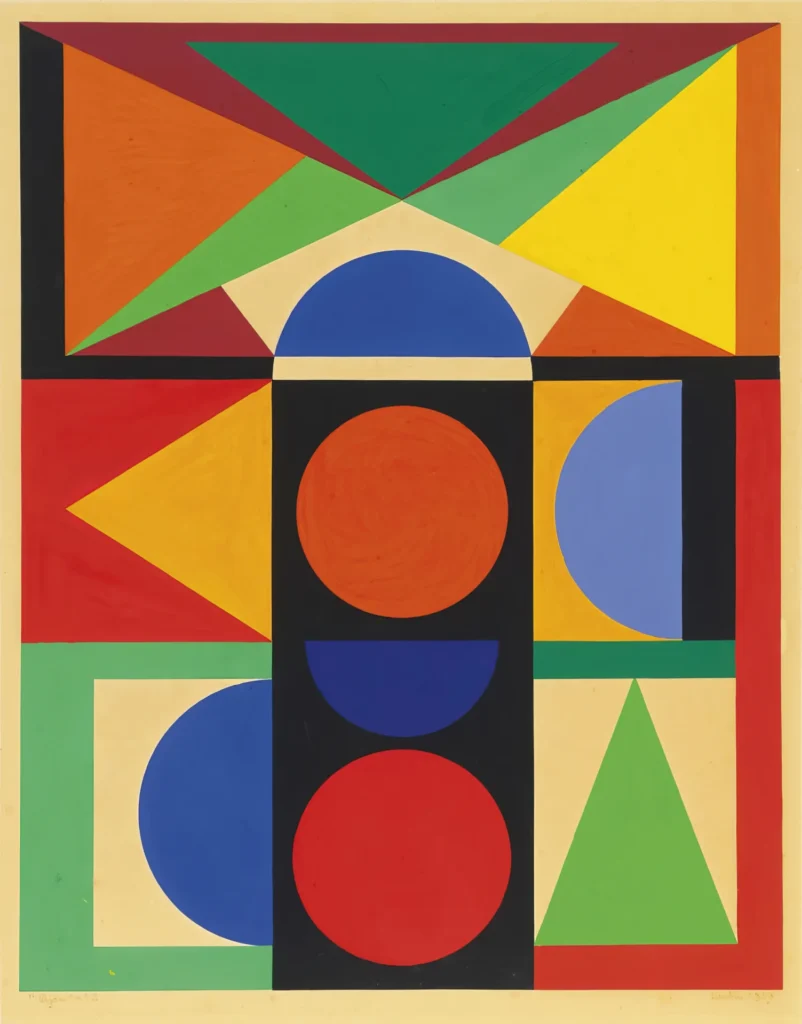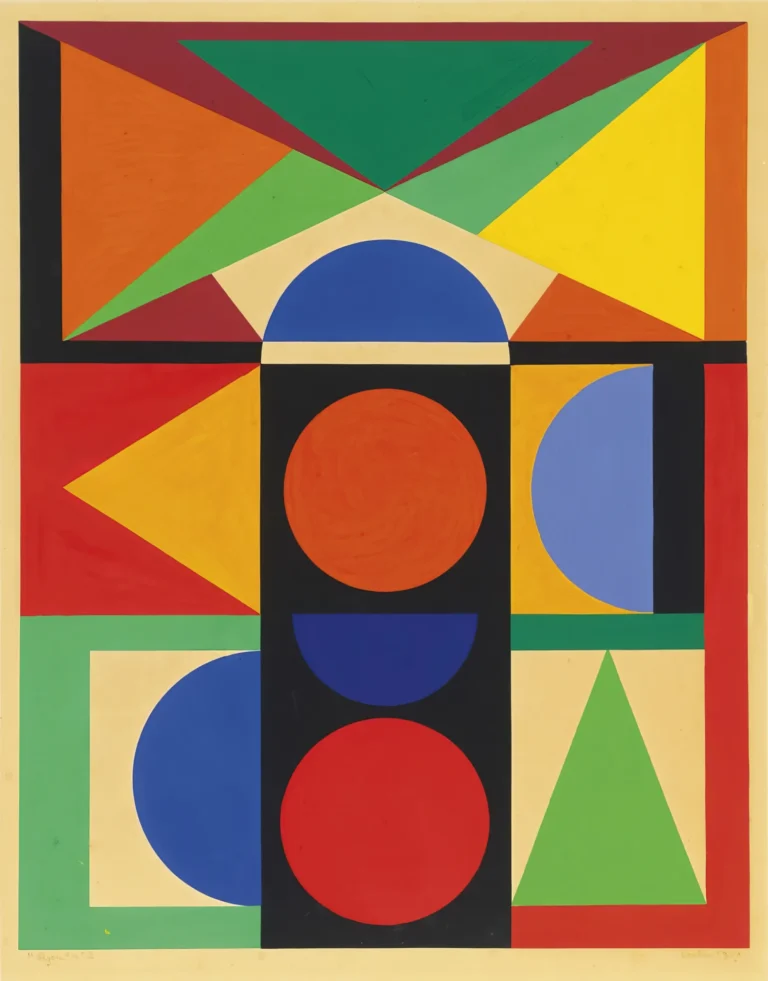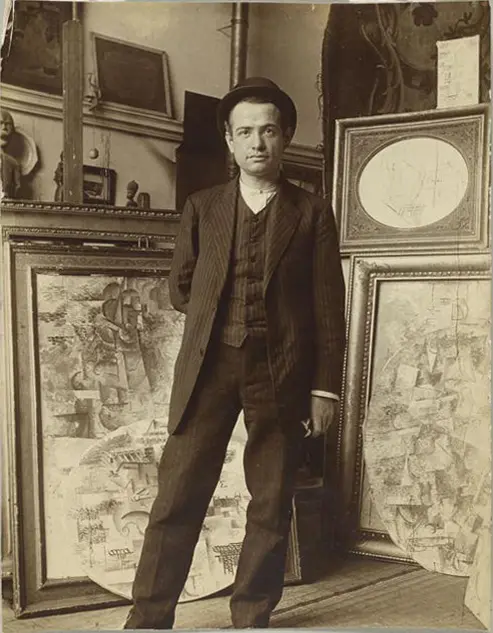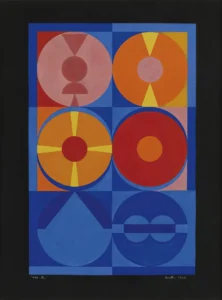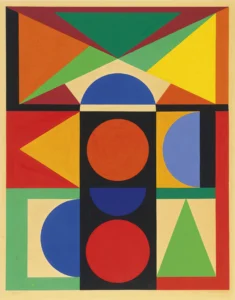Bijou II (1958)
Bijou II, created by Auguste Herbin in 1958, is a captivating gouache on paper that showcases the artist's journey through Cubism into his signature style of geometric abstraction. The artwork measures 19 5/8 by 15 3/8 inches, featuring bold colors that resonate with Herbin's later creative explorations. This piece is a testament to Herbin's innovative spirit and his skillful manipulation of form and color, embodying his unique perspective during the vibrant 1950s.
Year 1958
About the Artwork
The story behind Bijou II lies in Auguste Herbin's transformation as an artist. After solidifying his roots in Cubism, Herbin began to embrace a more abstract approach, focusing on geometric shapes and harmonious color palettes. In this piece, completed in 1958, he artfully combines these elements to create a symphony of color and form. The artwork reflects the post-war art movement trends, where artists sought to break traditional boundaries and explore new artistic expressions. Herbin’s dedication to abstraction reached its zenith in his later works, where Bijou II stands out as a timeless exploration of vibrant interplay between space and color, inviting viewers into a thoughtful dialogue with modernism.
Did You Know
The title ‘Bijou’, which translates to ‘jewel’ in French, reflects the preciousness and intricate beauty of the artwork, indicating its value both artistically and monetarily in Herbin’s oeuvre.
Auguste Herbin’s transition from Cubism to a more abstract style during the 1950s demonstrated his pursuit of innovation, allowing him to explore the realms of color and geometric form beyond traditional representation.
The late 1950s marked a transformative period in art, where Herbin’s works such as Bijou II echoed the broader cultural shifts, as artists searched for new identities and expressions in a world recovering from war.
Liked what you see? Add it to your collection.
Enjoyed reading? Share it.
Related Artworks
... continued
Medium and Technique
Bijou II is executed in gouache on paper, which was a common medium for Herbin's works during this period.
Dimensions
The sheet size of the artwork is 19 5/8 by 15 3/8 inches (50 by 39 cm), while the image size is 17 1/2 by 13 3/4 inches (44.5 by 35 cm).
Price and Availability
As of recent listings, the artwork is valued at approximately $24,783.85 USD, although prices can vary depending on the market and the specific sale.
Artist Background
Auguste Herbin was a French artist known for his contributions to Cubism and his later development of a unique style that emphasized geometric forms and vibrant colors. His works often reflect a blend of abstraction and figural elements.




